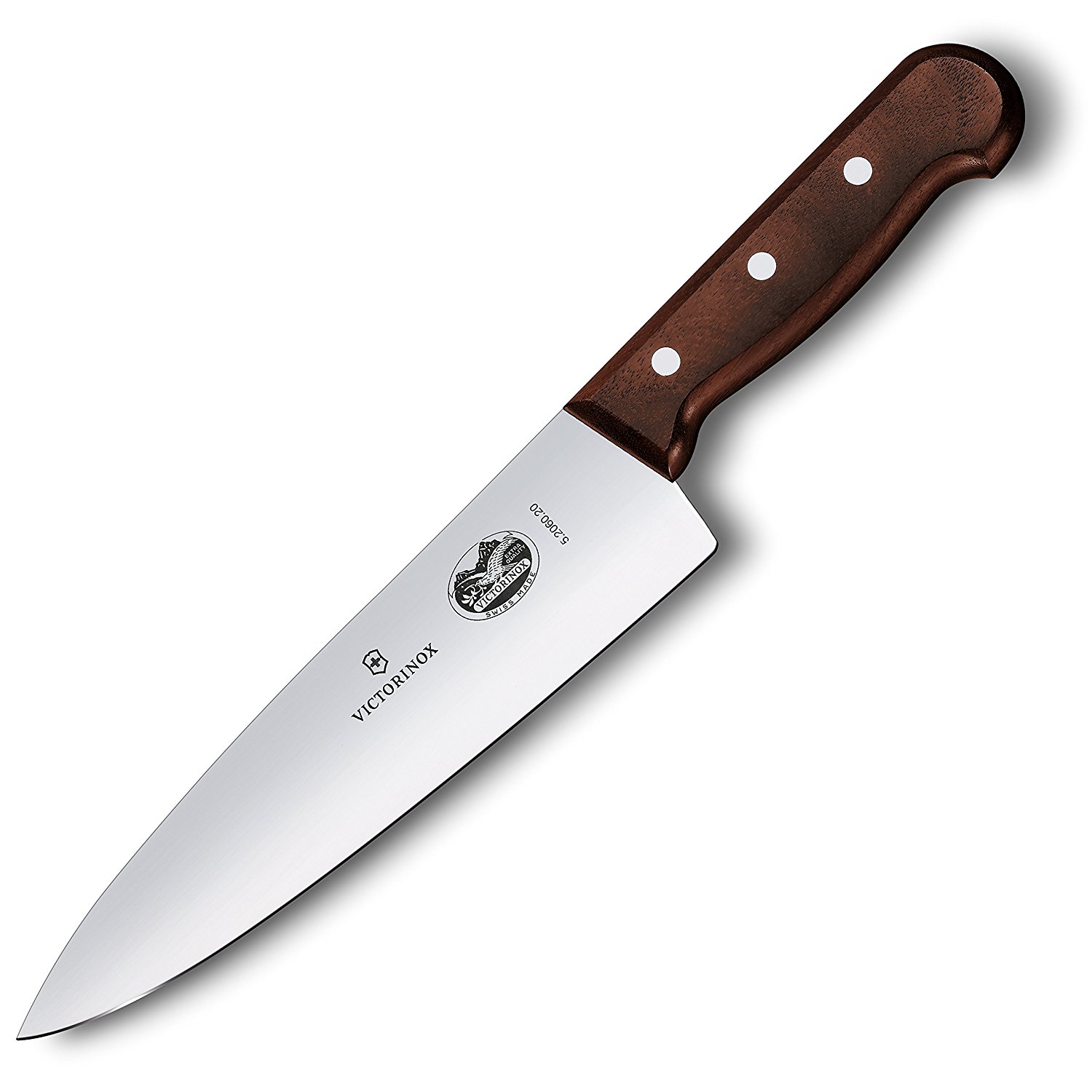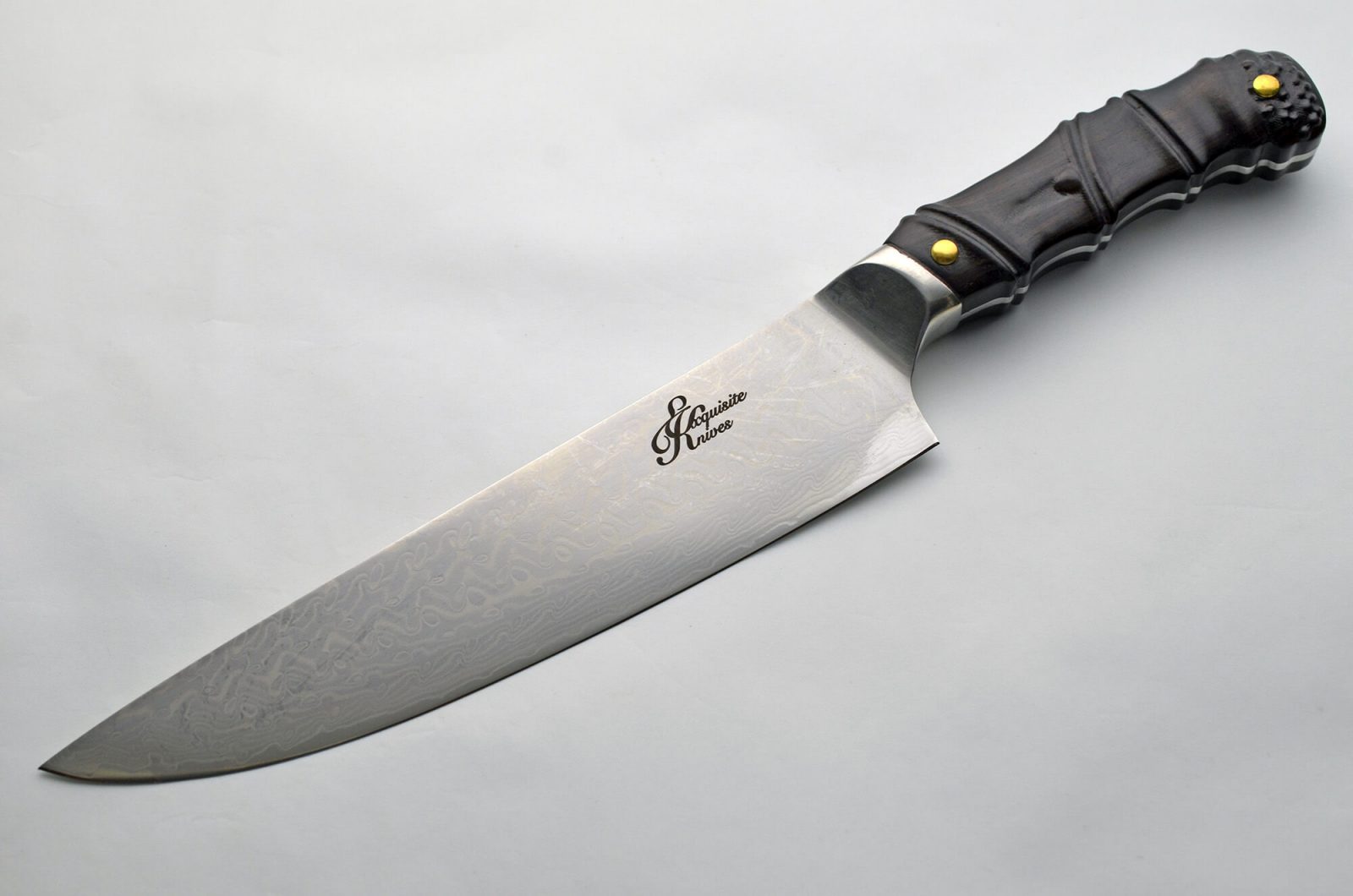Mastering 'Knife In Spanish': Your Essential Guide To Cuchillo & Beyond
Embarking on a journey to learn Spanish often involves mastering everyday vocabulary, and few words are as fundamental yet nuanced as "knife." Whether you're a culinary enthusiast, a language learner, or simply curious about the world of blades, understanding how to say "knife in Spanish" and its various contexts is incredibly useful. This comprehensive guide will not only introduce you to the primary Spanish terms for this essential tool but also delve into its cultural significance, different types, and even renowned knife manufacturers, enriching your linguistic and practical knowledge.
From the kitchen to the great outdoors, knives are indispensable. In Spanish-speaking cultures, just like any other, the knife holds a significant place, not just as a utensil but also as a symbol and a tool with a rich history. This article aims to provide you with an authoritative and trustworthy resource, ensuring you gain a deep understanding of "knife in Spanish" that goes beyond a simple dictionary definition.
Table of Contents
- Unsheathing the Spanish Word for Knife: Cuchillo
- Beyond Cuchillo: Nuances of Spanish Knife Terminology
- The Anatomy of a Knife: Spanish Vocabulary for Parts and Types
- Learning 'Knife in Spanish': Practical Translation Tips
- Renowned Knife Companies and Their Legacy
- General Knife Discussion: A Community for Enthusiasts
- The Condition and Features of Knives: Describing a 'Knife in Spanish'
- Conclusion: Sharpening Your Spanish Vocabulary
Unsheathing the Spanish Word for Knife: Cuchillo
When you first ask, "How to say knife in Spanish?", the answer you'll most commonly encounter is "cuchillo." This is the standard, everyday term for a knife, much like the one you'd use for eating a steak dinner. "Cuchillo" is a masculine, singular noun, which is important for proper grammatical agreement in Spanish sentences. For instance, you would say "el cuchillo" (the knife) or "un cuchillo" (a knife). The versatility of "cuchillo" makes it the go-to word for most general knife references. It encompasses everything from a simple table knife to a larger kitchen knife. As the data suggests, "cuchillo" is consistently among the top translations of "knife" into Spanish, reflecting its broad applicability. When thinking about a "knife in Spanish," "cuchillo" should be your primary association.Beyond Cuchillo: Nuances of Spanish Knife Terminology
While "cuchillo" is the general term, the Spanish language, rich in its descriptive power, offers more specific words for different types of knives or their intended uses. Understanding these nuances is key to truly mastering the concept of "knife in Spanish" in various contexts. The data highlights "navaja" and "puñal" as other significant translations, each carrying distinct meanings.Navaja: The Versatile Folding Blade
When referring to a folding knife, such as a pocket knife or a utility knife with a blade that retracts into the handle, the correct term is "navaja." This word specifically denotes a knife that can be folded, making it distinct from a fixed-blade knife. For example, if you want to say "Swiss Army knife," you would typically use "navaja suiza." This distinction is crucial for precision, especially in discussions about specific knife types like "folders."Puñal: A Word for Daggers and Intent
"Puñal" refers to a dagger, a short knife with a sharp point and often two sharp edges, typically used as a weapon. This term carries a more aggressive or combative connotation than "cuchillo" or "navaja." Associated with "puñal" is the verb "apuñalar," which means "to stab." So, while "cuchillo" is a general tool, "puñal" specifically implies a weapon or an instrument for piercing, making it a very different kind of "knife in Spanish."The Anatomy of a Knife: Spanish Vocabulary for Parts and Types
To truly understand a "knife in Spanish," it's helpful to grasp the basic definition and components of a knife itself. A knife, fundamentally, is a tool consisting of a sharp flat piece of metal attached to a handle, used to cut things or as a weapon. From a grammatical perspective, a knife is a utensil or a tool designed for cutting, consisting of a flat piece of hard material, usually steel. This broad definition allows for a wide array of specialized knives, each with its own purpose and, sometimes, its own specific Spanish term.From Kitchen to Combat: Specific Knife Types
The world of knives is vast, encompassing everything from kitchen utensils to tactical equipment. In Spanish, "cuchillo" can broadly cover many of these, but context is king. For kitchen knives, "cuchillo" is almost always used. For example, "The chef has his knife sharpened regularly" translates to "El chef afila su cuchillo con regularidad," directly using "cuchillo" for the kitchen utensil. Beyond the kitchen, the categories expand: * **Fixed Blades:** These are knives where the blade is permanently fixed to the handle, offering greater strength and stability for tasks like hunting or survival. * **Folders:** As discussed, these are "navajas," designed for portability and safety. * **Swords:** While not typically considered a "knife" in the common sense, swords ("espadas") are often discussed alongside knives in forums dedicated to "knife related equipment." * **Specialized Tools:** This includes items like fish scalers, which might be integrated into a multi-tool or a specific type of knife, further demonstrating the diverse applications of blade technology.Learning 'Knife in Spanish': Practical Translation Tips
Learning how to say "knife in Spanish" effectively involves more than just memorizing words; it requires understanding context and practicing pronunciation. Many resources offer authoritative translations of "knife" in Spanish, complete with example sentences, conjugations, and audio pronunciations. These tools are invaluable for language learners. When you encounter "knife" in English, consider the specific type or function being implied before choosing between "cuchillo," "navaja," or "puñal." For instance, if you're setting a dinner table, you'll reach for a "cuchillo." If you're going camping, you might bring a "navaja." If you're discussing historical weaponry, "puñal" might be the appropriate term. Resources that provide "authoritative translations of knife, fork, spoon in Spanish with example sentences and audio pronunciations" are particularly helpful for building foundational vocabulary related to dining and household items. Always seek out these comprehensive resources to ensure you're learning the correct usage and pronunciation.Renowned Knife Companies and Their Legacy
The world of knives is also defined by the companies that produce them, many of which have rich histories and dedicated followings. Discussing these brands can provide a deeper appreciation for the craftsmanship and innovation behind a quality "knife in Spanish" or any language.Branton Knife Company: Precision for Tough Situations
The Branton Knife Company is known for its commitment to producing "tough tools for tough situations." As a small, semi-production shop, they leverage "the latest in high technology to provide high" quality blades. Their focus on advanced manufacturing techniques ensures that their knives are not just tools but reliable companions in demanding environments. This dedication to quality is a hallmark of reputable knife manufacturers.Case & Sons: An Invaluable Resource for Collectors
W.R. Case & Sons Cutlery Company holds a legendary status, especially among collectors of pocket knives. Their "Case & Sons knife reference guide is a great place to learn about all things Case." This guide serves as "an invaluable resource for beginning pocket knife collectors & a great refresher for veteran collectors," highlighting the brand's extensive history and diverse range of products. Case knives are often prized for their craftsmanship, historical significance, and collectibility, making them a significant part of knife lore.Historical Marks: I*XL and Robeson Knives
The history of knife making is also marked by iconic trademarks and influential figures. "I*XL has been one of the most well-known Sheffield trademarks." Sheffield, England, has a long and storied history as a center for steel production and knife manufacturing. "The first company known for using the mark on knives was originally George Wolstenholme and Son," cementing their place in the annals of knife history. Another notable name is Robeson. A "Robeson knife collector's guide" is a testament to the brand's enduring appeal. Such guides, often put together by enthusiasts with permission from authoritative sources like "Knives Can Talk" by Tom Kalcevic, are invaluable for preserving the history and knowledge of these classic blades. Special thanks are always due for such great additions to the community's collective knowledge.General Knife Discussion: A Community for Enthusiasts
For those passionate about blades, "general knife discussion" forums and communities serve as vital hubs. These are areas to "discuss knives in general," covering everything from practical applications to collecting. Whether you're interested in "folders, fixed blades, swords & knife related equipment, etc," these platforms offer a space for enthusiasts to share knowledge, ask questions, and engage with like-minded individuals. Such communities often have dedicated sections for "knife specific discussion," ensuring that conversations remain focused and informative. It's the place to be for deep dives into blade steels, handle materials, sharpening techniques, and the latest innovations. Of course, these forums also have rules, often directing "off topic posts to the community center &" other designated areas, maintaining the integrity of knife-focused conversations. This vibrant community aspect underscores the broad interest in the "knife in Spanish" and English-speaking worlds.The Condition and Features of Knives: Describing a 'Knife in Spanish'
When discussing knives, particularly in a collector's context or when describing an item for sale, details about its condition and features are paramount. For example, a collector might describe a piece as "knife is in brand new condition, new old stock," indicating it's an older item that has never been used. This specific terminology is crucial for accurately conveying value and authenticity. Beyond condition, features are also important. A knife might be noted for its handle material, such as "It features a yellow Delrin handle." Delrin is a durable, lightweight plastic often used for knife handles. Additional features, like the inclusion of a "fish scaler," highlight the multi-functional aspects of certain knives. Being able to describe these attributes accurately, whether you're talking about a "knife in Spanish" or English, adds depth to any discussion.Conclusion: Sharpening Your Spanish Vocabulary
Mastering "knife in Spanish" extends far beyond simply learning the word "cuchillo." It involves understanding the nuanced distinctions between "navaja" and "puñal," appreciating the rich history of knife manufacturing, and engaging with the vibrant communities of knife enthusiasts. From the kitchen counter to the collector's display, the world of knives is diverse and fascinating. We hope this guide has sharpened your understanding and expanded your vocabulary. Now, armed with this knowledge, you can confidently discuss various types of blades, their history, and their uses in Spanish. What's your favorite type of knife, and how would you describe it in Spanish? Share your thoughts in the comments below! If you found this article helpful, consider exploring our other language guides to further enhance your linguistic skills.
VICTORINOX ROSEWOOD 10 INCH CHEF’S KNIFE | Rush's Kitchen

Damascus Chef Knife Set // 2 Piece // 9184 - Black Forge Knives - Touch

7 Knife Types Commonly Found in The Kitchen - Exquisite Knives